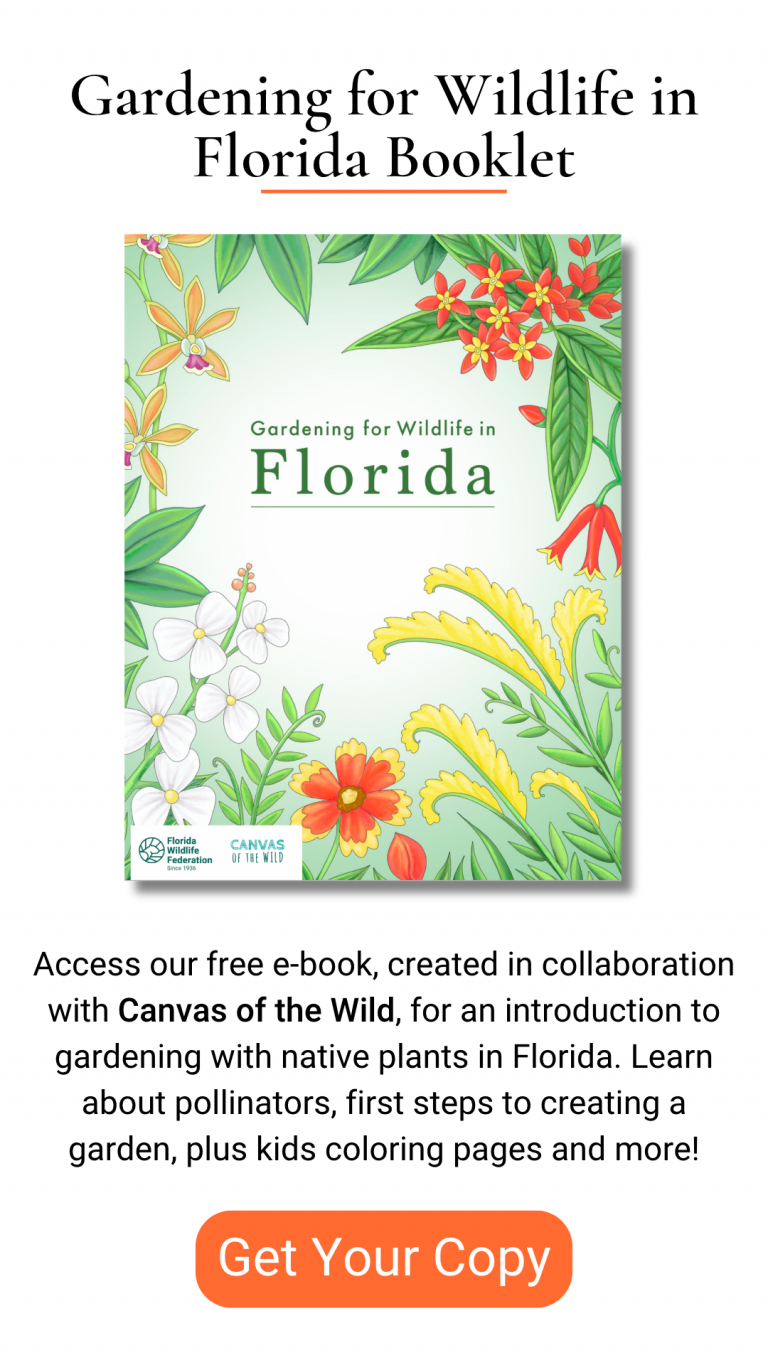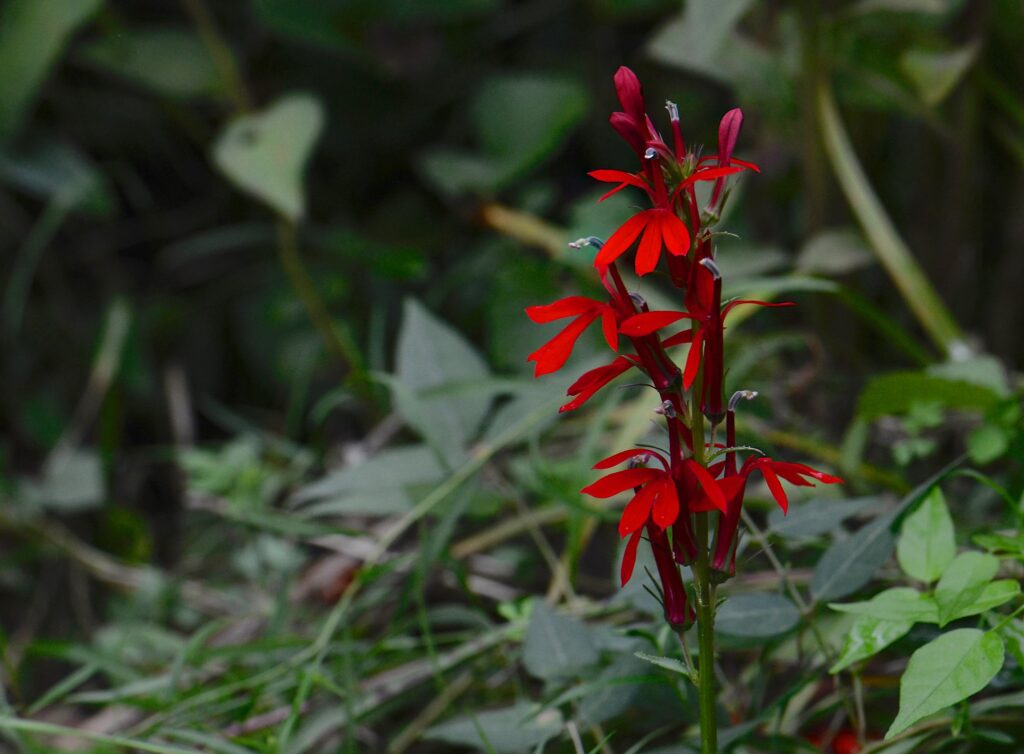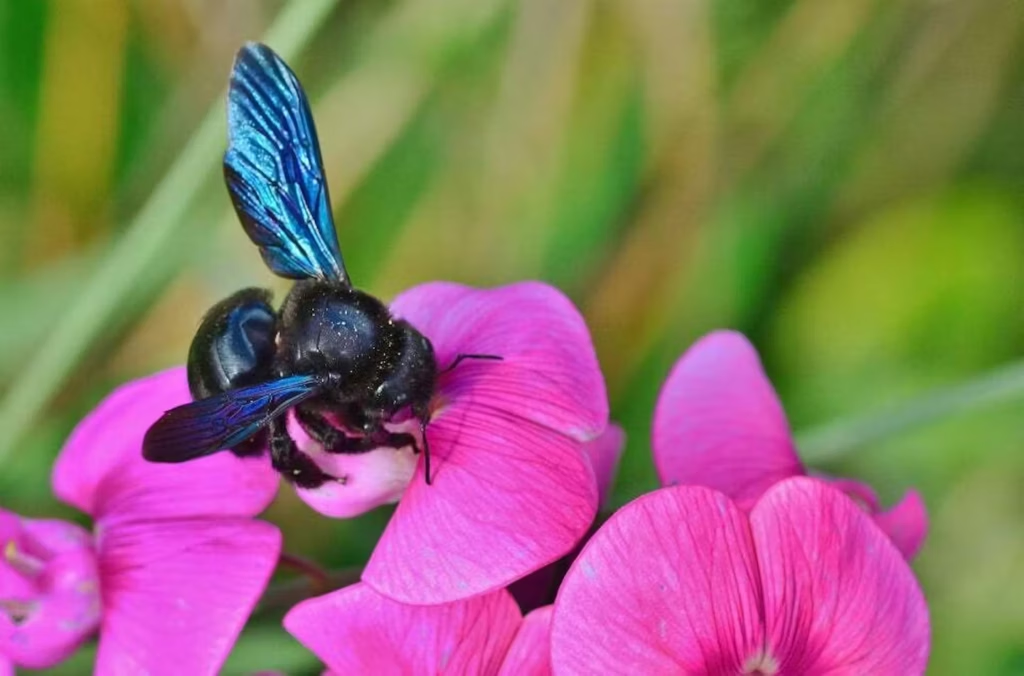At the Florida Wildlife Federation, we believe that your backyard, patio, or even a small balcony can become a thriving sanctuary for Florida’s native wildlife. By creating a wildlife-friendly garden, you can help protect local species, foster biodiversity, and restore natural habitats—all while enjoying the beauty of native plants and wildlife.
Gardening in Florida
Why Wildlife-Friendly Gardening Matters
Conservation doesn’t have to be on a grand scale, it can start right at home. Every yard, park, school, and community can become part of a larger network of wildlife habitats, helping to:
- Provide essential food, water, and shelter for native species
- Support pollinators like bees and butterflies
- Reduce the spread of invasive species
- Restore natural ecosystems and strengthen biodiversity
Even a small area can make a big difference! Wildlife will naturally find their way to your garden when you provide the right elements.
Certify Your Wildlife Habitat
Showcase your commitment to conservation by certifying your habitat through the National Wildlife Federation’s Certified Wildlife Habitat® program. Your contribution supports habitat conservation nationwide, with a portion directly funding our wildlife conservation efforts right here in Florida.
To qualify, your habitat must provide the following essential elements:
✅ Food: Native plants that produce nectar, seeds, fruits, and nuts for wildlife
✅ Water: Birdbaths, ponds, or shallow dishes for drinking and bathing
✅ Cover: Bushes, trees, and brush piles where wildlife can find refuge
✅ Places to Raise Young: Dense shrubs, host plants, and nesting boxes
✅ Sustainable Practices: Limit pesticide use, remove invasive species, and conserve water

Display Your Commitment
Show your support for Florida’s native wildlife. For a $30 donation, you can receive our exclusive Florida Wildlife Habitat sign—a symbol of your commitment to local conservation. This gift directly supports our conservation efforts to protect wildlife across the state, and your sign will help inspire others to do the same.











